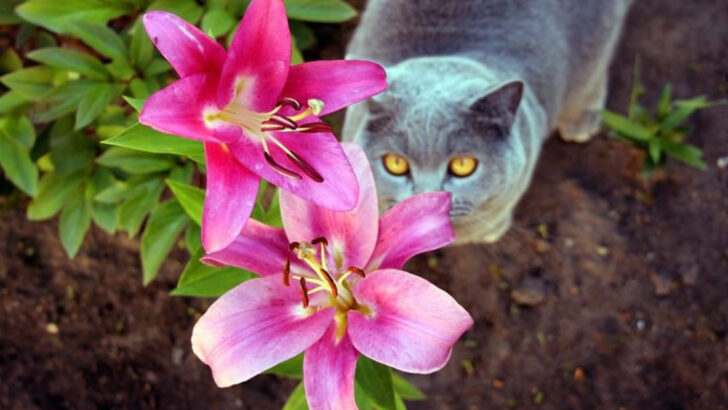Your home might look like a botanical dream—but to your pet, it could be a toxic trap.
While we worry about coyotes, snakes, or cars, the real danger to our cats and dogs might be sitting in a flower pot or blooming just beyond the back door.
That lily on your windowsill? Deadly.
Those daffodils in your spring garden? Trouble.
Even that festive poinsettia? Not so festive for your furry friend.
Some of the most beautiful plants hide poisons that can trigger seizures, organ failure—or worse—with just a nibble. And pets, curious as they are, won’t think twice before tasting that leafy threat.
Don’t wait for a vet visit to find out the hard way.
Let’s pull back the curtain on 20 plants that are more dangerous than they look—and why it might be time to rethink that greenery in your pet’s world.
Oleander

Oleander, with its clusters of vibrant pink flowers, is a silent threat to pets. Often found in gardens, its aesthetic appeal belies its toxic nature. A single leaf, if ingested, can cause rapid heart failure.
Oleander contains cardiac glycosides, which are harmful to both cats and dogs. Symptoms of poisoning include vomiting, diarrhea, and even seizures. It’s crucial to keep pets away from this plant.
Despite its beauty, oleander is best admired from a distance. Providing a captivating floral display, it should never be part of a pet-friendly garden.
Sago Palm

With its tropical allure, the sago palm might tempt pet owners to include it in home decor. However, every part of this plant is toxic. The seeds, in particular, contain cycasin, which can lead to liver failure if ingested by pets.
Dogs are especially at risk, as they might see the seeds as a plaything. Symptoms to watch for include vomiting, jaundice, and lethargy. This plant is better suited for households without animals.
Its striking appearance comes with a dangerous price, making it a risk rather than a reward.
Lily
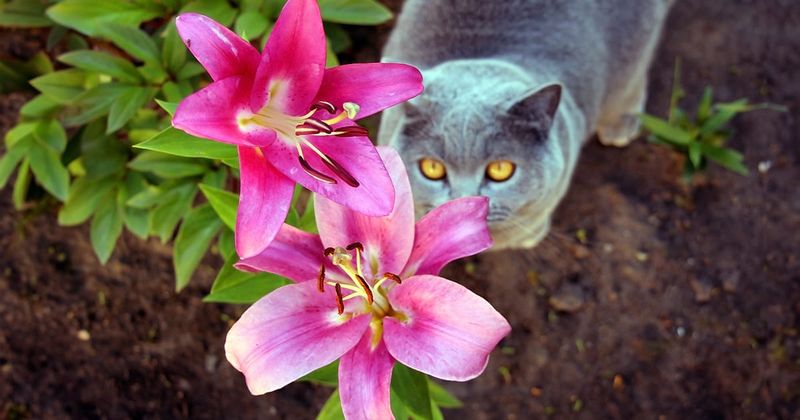
Lilies, while a symbol of purity and beauty, can be deadly to pets, especially cats. Even a small amount ingested can cause kidney failure. Surprisingly, all parts of the lily are toxic, from the petals to the pollen.
Cats often come into contact with these plants by brushing against them or exploring floral arrangements. Symptoms such as vomiting and lethargy can occur within hours.
To keep pets safe, it’s best to avoid having lilies indoors altogether. Despite their elegance, lilies pose a risk that outweighs their beauty.
Azalea
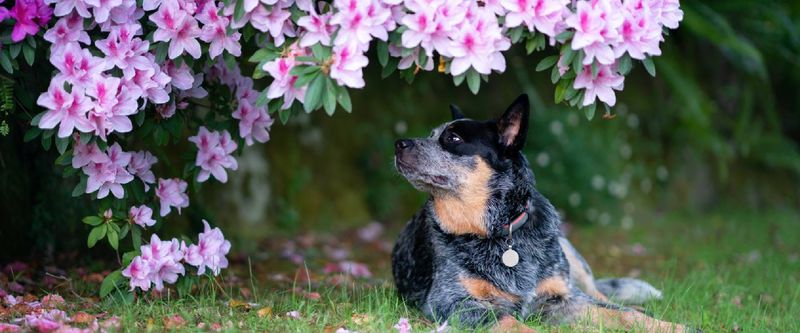
Azaleas, with their stunning floral display, can be treacherous for pets. These shrubs are often used in landscaping due to their vibrant colors. However, they contain grayanotoxins, which can cause serious health issues.
If ingested, pets may experience drooling, vomiting, and even cardiovascular collapse. The colorful flowers, tempting to playful pets, hide their dangerous nature. For a pet-friendly garden, it’s advisable to choose safer alternatives.
While azaleas enhance garden aesthetics, their potential harm to pets is a significant concern that shouldn’t be ignored.
Rhododendron
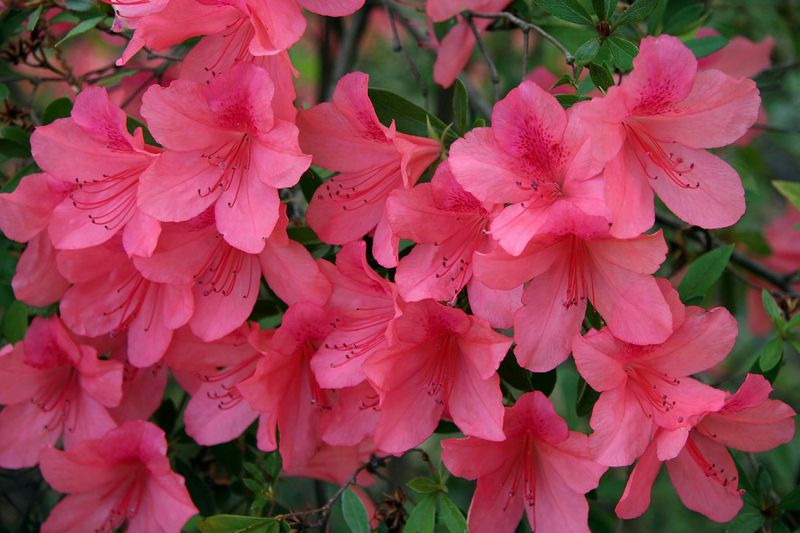
Rhododendrons, close relatives of azaleas, are equally dangerous to pets. Known for their stunning blooms, they contain the same toxic grayanotoxins.
Even a small ingestion can lead to serious health issues, including gastrointestinal distress and heart problems. Symptoms include drooling, abdominal pain, and irregular heartbeats. These plants are often found in gardens and natural settings.
Despite their beauty, rhododendrons are a hidden danger in many outdoor spaces. For the safety of pets, it’s wise to keep them out of reach or remove them altogether from areas frequented by animals.
Dieffenbachia
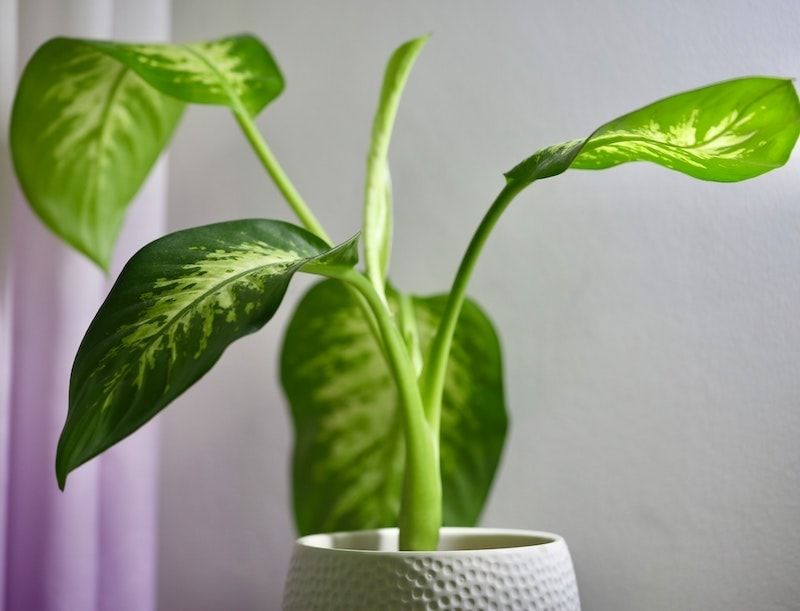
Dieffenbachia, often called the “dumb cane,” is a popular houseplant with large, attractive leaves. However, it poses a significant risk to pets. The plant contains calcium oxalate crystals, which can cause oral irritation and swelling if chewed.
Pets might experience difficulty breathing and swallowing. Symptoms appear quickly after contact. This plant’s beauty makes it a common choice for homes, but pet owners should be cautious.
Removing or placing it out of reach can prevent accidental ingestion. Choosing pet-safe plants over Dieffenbachia is a prudent decision for animal lovers.
Philodendron

Philodendrons, beloved for their heart-shaped leaves and easy care, can be hazardous to pets. The plant contains insoluble calcium oxalates, which cause irritation when ingested.
Pets may exhibit symptoms like drooling, vomiting, and decreased appetite. Despite being a popular choice for indoor decor, philodendrons require caution in pet-friendly homes.
Their appealing foliage hides a risk that’s not immediately apparent. Pet owners should consider alternative plants that pose no threat. While philodendrons add a touch of green, their potential danger cannot be overlooked when prioritizing pet safety.
Daffodil
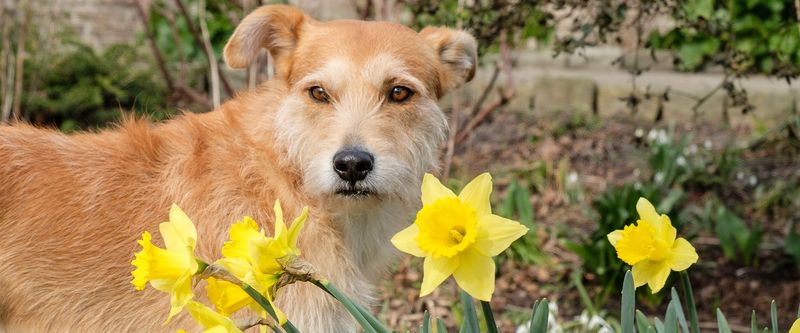
Daffodils, with their cheerful yellow blooms, symbolize spring. Yet, they harbor a toxic secret. The bulbs contain lycorine, a compound that can cause vomiting and diarrhea if ingested by pets.
Curious dogs might dig up the bulbs, mistaking them for playthings. Ingestion leads to symptoms like abdominal pain and convulsions. While they bring vibrant color to gardens, daffodils require careful placement in pet-friendly environments.
To ensure safety, consider fencing or alternative plants. The joy they bring should not come at the expense of a pet’s health.
Tulip
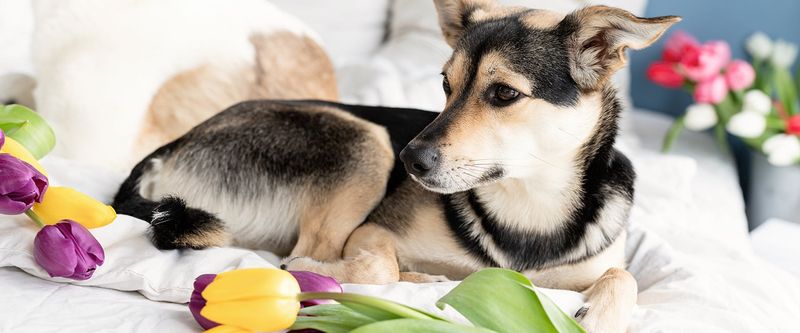
Tulips, with their elegant blooms, are a springtime favorite. However, the bulbs contain toxins that can harm pets. If ingested, symptoms like vomiting, diarrhea, and drooling may occur.
Dogs and cats might be drawn to the bulbs’ shape and scent. For pet owners, it’s essential to ensure tulips are inaccessible. Alternative pet-safe plants can provide the same seasonal beauty without the risk.
While tulips are a beloved garden feature, their potential danger requires vigilance. Ensuring pets steer clear of these blossoms is a responsible choice for their safety.
Hyacinth
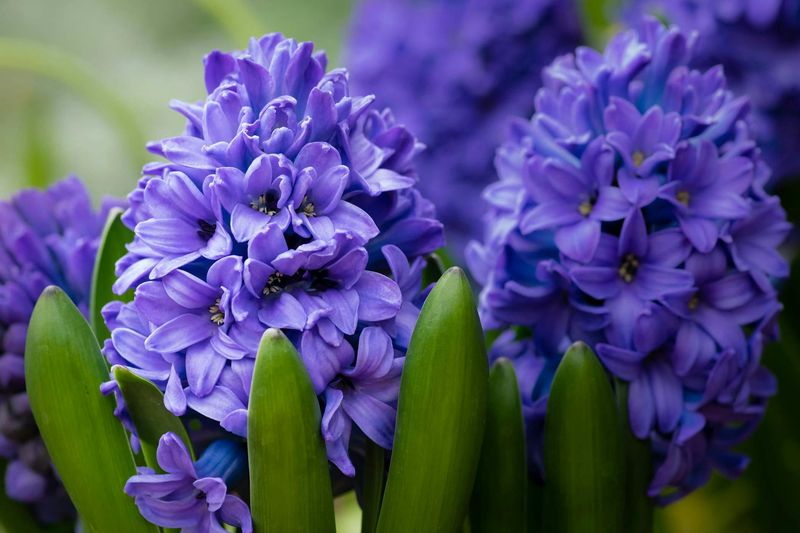
Hyacinths, known for their fragrant blooms, can be perilous to pets. The bulbs, when ingested, cause irritation and severe digestive distress. Pets attracted by the scent might dig them up, leading to accidental ingestion.
Symptoms include vomiting, diarrhea, and increased salivation. Despite their appealing fragrance and color, hyacinths are best kept away from pets. Pet-friendly gardening options should be considered to prevent health risks.
While hyacinths offer a sensory delight, their potential harm to animals makes them unsuitable for homes with pets. Safety should always come first.
Cyclamen
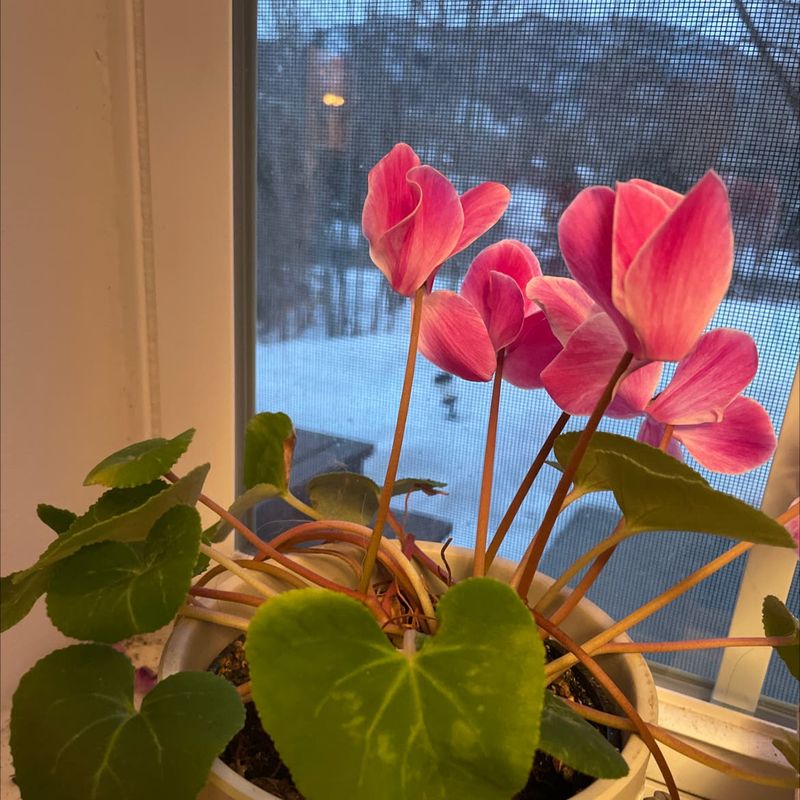
Cyclamen, with its delicate, upturned flowers, is a charming houseplant. But beneath its beauty lies danger for pets. The tubers, in particular, contain toxic saponins.
Symptoms of ingestion include drooling, vomiting, and heart rhythm abnormalities. For homes with curious pets, cyclamen poses a significant risk. It’s better to choose non-toxic alternatives for indoor greenery.
While cyclamen captivates with its unique blooms, the safety of pets must take precedence. Keeping this plant out of reach or opting for safer varieties ensures a harmonious home environment for all.
Foxglove
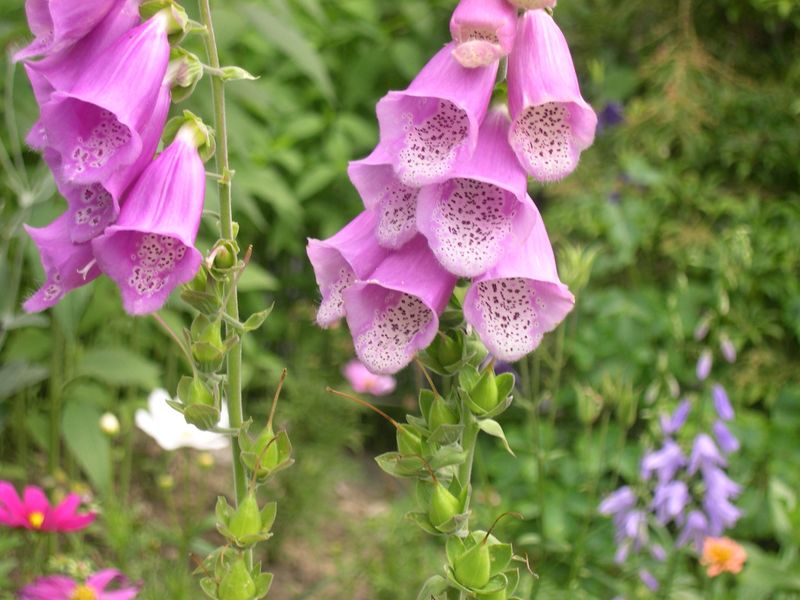
Foxglove, admired for its tall, tubular flowers, can mesmerize onlookers. Yet, it contains digitalis, a compound that affects heart function. Pets ingesting any part of the foxglove may experience nausea, vomiting, and heart disturbances.
Found in many gardens, its towering presence is both a sight to behold and a hazard for animals. Pet owners should exercise caution, ensuring foxgloves are planted away from where pets roam.
While offering a striking garden feature, their risk to pets is considerable. Considering alternatives can prevent potential health emergencies.
Yew

Yew trees, with their rich, green needles and red berries, are an ancient symbol. However, they contain taxines, which are highly toxic to pets. Every part of the yew is poisonous, and ingestion can result in trembling, difficulty breathing, and even sudden death.
Curiosity might lead animals to chew on fallen branches or berries. In gardens, yews should be planted with utmost care. Their potential to cause harm overshadows their historical significance.
Pet owners are advised to consider alternatives that pose no danger to their furry companions.
Chrysanthemum
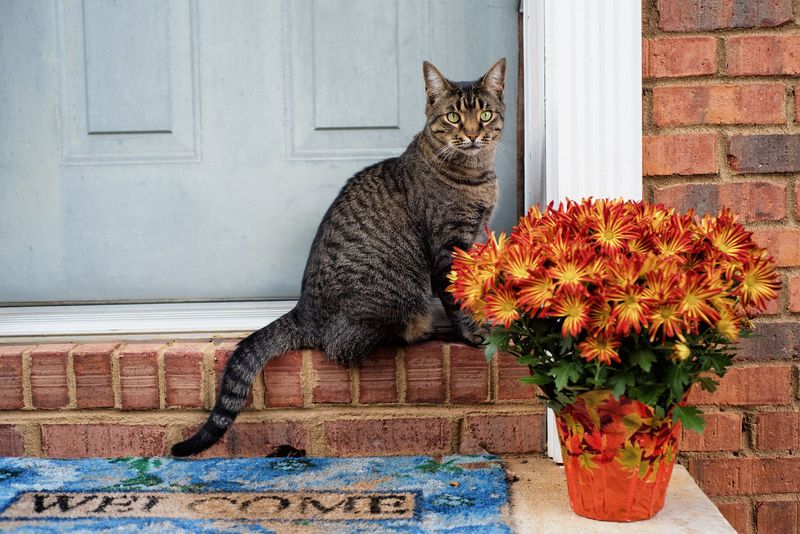
Chrysanthemums, often seen as harbingers of autumn, bring warmth with their vivid colors. Yet, they contain pyrethrins, which are harmful to pets. Ingestion can cause drooling, vomiting, and skin irritation.
These flowers, popular in bouquets, pose a risk if pets chew on them. To maintain a pet-friendly space, keeping chrysanthemums out of reach is advisable. While they enhance the visual appeal of a room, ensuring pet safety is paramount.
Alternatives that do not compromise the well-being of animals should be considered in households with pets.
English Ivy
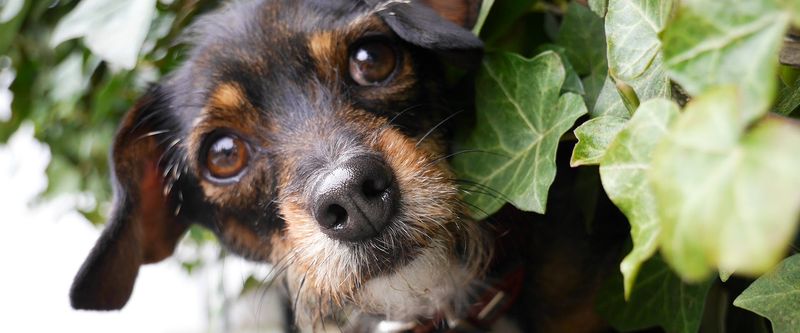
English ivy, a classic choice for ground cover and walls, is attractive yet dangerous to pets. The leaves contain triterpenoid saponins, causing gastrointestinal upset if ingested.
Symptoms include vomiting, abdominal pain, and increased salivation. Pets exploring the outdoors might chew on these enticing leaves. For gardens frequented by animals, it’s better to use non-toxic alternatives.
Although English ivy adds a touch of elegance, its risk to pets cannot be ignored. Ensuring a safe environment for pets involves thoughtful plant selection and placement.
Aloe Vera

Aloe vera, known for its soothing properties, is a common household plant. However, it’s not safe for pets. The gel inside the leaves contains anthraquinones, which can cause vomiting and diarrhea if ingested.
Pets might be tempted to chew on the leaves, mistaking them for a treat. Symptoms can be alarming and require prompt attention. While aloe vera offers benefits for humans, it poses a threat to animal companions.
Considering pet-safe plants is a wise choice for households with curious pets. Prioritizing their health ensures a worry-free home.
Calla Lily
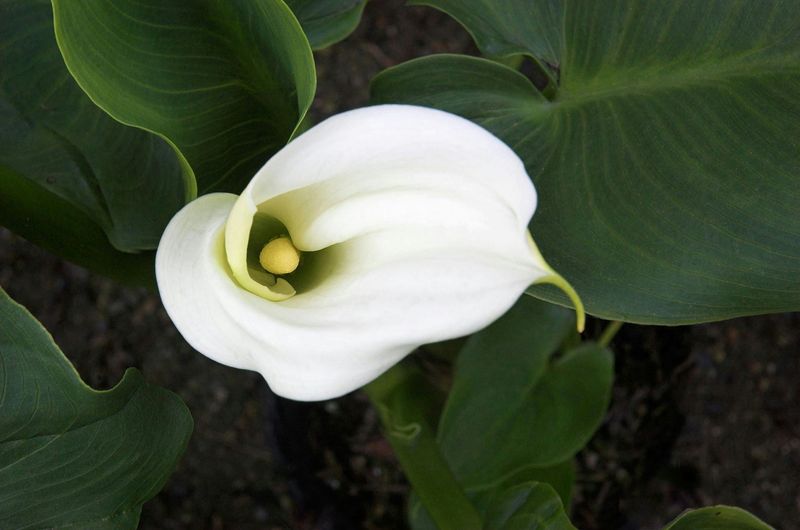
Calla lilies, with their graceful blooms, are a popular choice for floral arrangements. However, they contain calcium oxalate, which is toxic to pets. Ingestion can lead to oral irritation, swelling, and difficulty swallowing.
Pets might be drawn to the plant’s striking appearance, leading to accidental bites. For homes with pets, it’s advisable to opt for non-toxic flowers. The elegance of calla lilies should not compromise pet safety.
Ensuring plants are out of reach or choosing alternatives reduces the risk of accidental poisoning.
Poinsettia
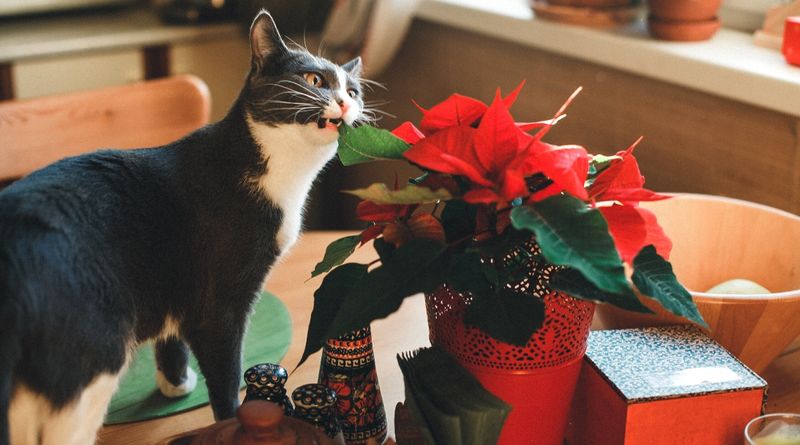
Poinsettias, synonymous with the holiday season, add festive cheer to homes. Although less toxic than many believe, they can still cause mild irritation to pets.
The milky sap may lead to drooling, vomiting, and skin irritation if ingested. While not deadly, it’s best to keep these plants out of reach. For pet-friendly holiday decor, consider alternative options.
Poinsettias contribute to the seasonal atmosphere, but awareness of their effects on pets is essential. Ensuring a safe and joyous holiday involves thoughtful decoration choices.
Lantana

Lantana, with its cluster of small, colorful flowers, attracts attention for its beauty. However, it contains toxic compounds like lantadene, which can harm pets.
Symptoms of ingestion include vomiting, diarrhea, and respiratory issues. Pets exploring gardens might be drawn to its bright blooms. In pet-friendly spaces, it’s crucial to choose safer plants.
While lantana offers visual appeal, its potential danger makes it unsuitable for homes with animals. Prioritizing pet well-being involves selecting plants that pose no risk, ensuring a harmonious environment.
Peace Lily

Peace lilies, with their elegant white blooms, are a stylish indoor plant choice. Yet, they contain calcium oxalate crystals, which can irritate pets if ingested. Symptoms include vomiting, difficulty swallowing, and drooling.
Pets might be tempted by the plant’s sleek appearance. For homes with animals, safer plant alternatives are recommended. Peace lilies enhance indoor aesthetics but require caution to ensure pet safety.
Removing or placing them out of reach helps avoid health risks. Their beauty should not overshadow the importance of a safe environment for pets.

